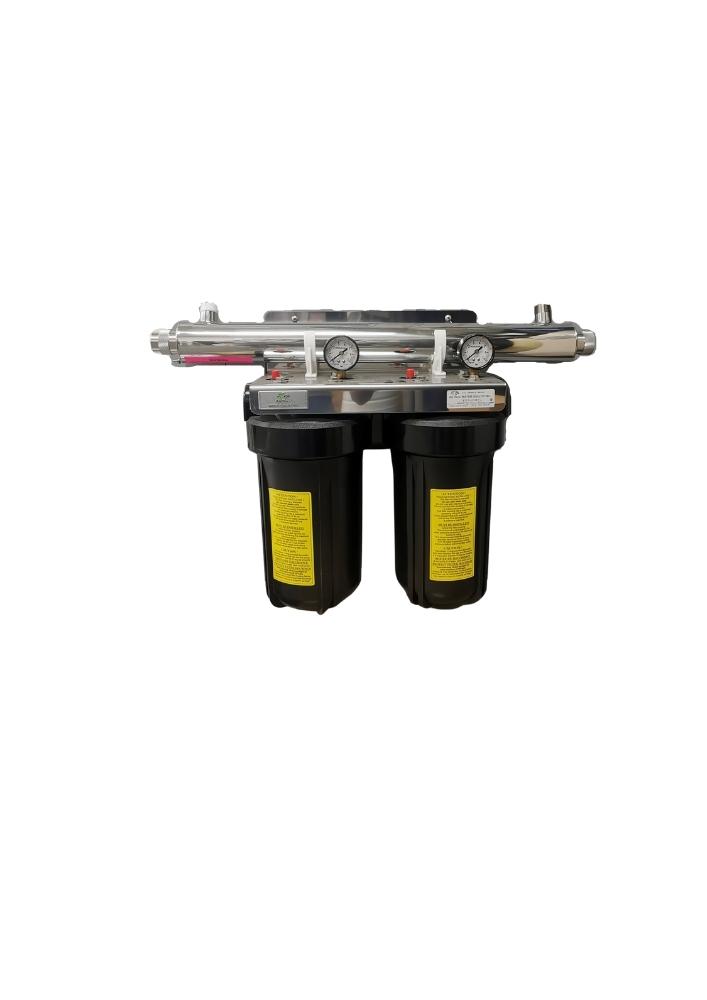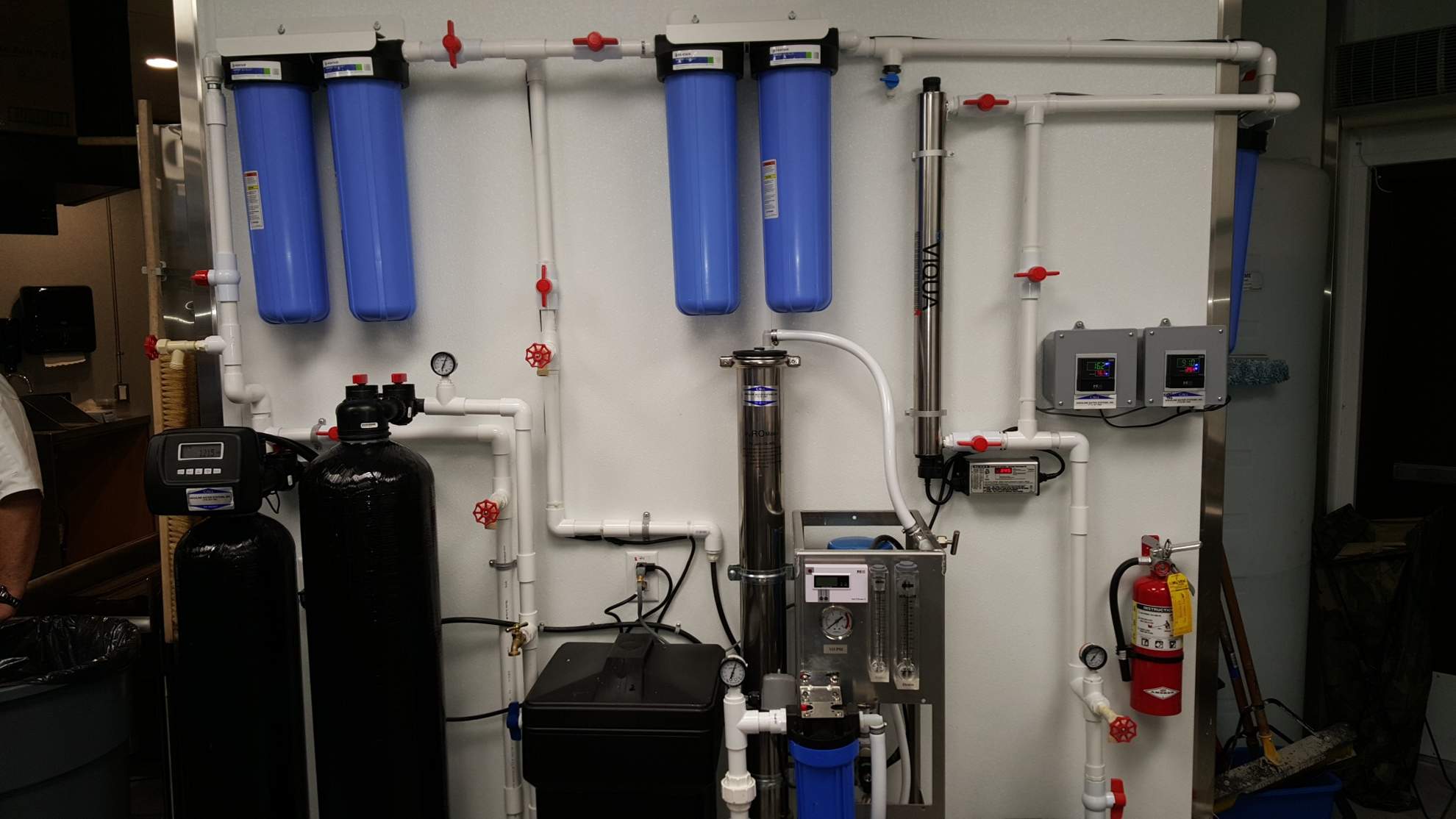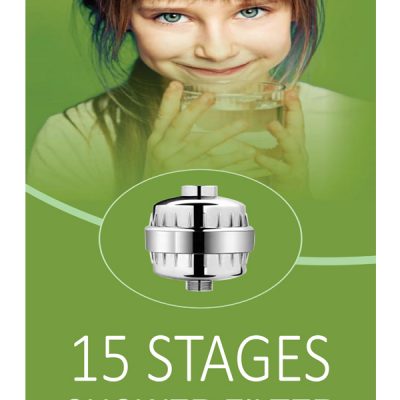描述
Professional UV Water Treatment System
The quality of your drinking water can change from day-to-day, season to season. Even if your tap water is
safe today, contaminants can infiltrate wells and aquifers, and aging infrastructure can lead to an increased
risk of contamination. In fact, boil water advisories are
becoming more and more common, even in large cities.
Not all water disinfection technologies are created equal. For
example, chemicals can be both dangerous to handle and
potentially hazardous to the environment – and some
waterborne illness-causing microbes are chlorine-resistant.
Reverse osmosis wastes on average three gallons of water for
every one gallon it purifies, and is no longer recognized
as a barrier to microbiological contamination. Filters can improve taste, but they generally don’t
treat microbiological contaminants.
There is an option that addresses all of these issues: ultraviolet (UV) disinfection or UV water treatment.
The ultraviolet (UV) treatment process is an extremely quick physical process. Ultraviolet light mutates
and/or degrades DNA. DNA (or deoxyribonucleic acid) is the part of the cell that gives an organism its
instructions on how to function and reproduce.
When the DNA is damaged, the organism becomes unable to function because its “instructions” are
garbled or missing. An organism that has no instructions cannot function and reproduce, and cannot cause
infection. It is rendered harmless and eventually dies.
Water is disinfected as it runs through a stainless steel chamber that contains a UV-producing lamp.In the
UV disinfection process, water is purified as it runs through a stainless steel chamber (also called a
“reactor”) that contains a special UV- producing lamp. As the water flows past the lamp, the microbes
in the water receive a lethal dose of UV.
Parameter、Effect、Limits
UV Transmittance Measure of absorption of UV light, UVT can affect system sizing requirements >
75% UVT @ 254nm
Iron Can affect both UVT and sleeve fouling < 0.3 ppm (0.3 mg/L)
Hardness Can cause sleeve fouling < 120 ppm (7 gpg)
Turbidity Can shield pathogen, post UV contamination < 1 NTU
Tannins Can affect UVT and system performance < 0.1 ppm (0.1 mg/L)
For NSF 55 Class A requirements (which may apply where you live, check with your local municipal health
region), UV dose is required to be 40 mJ/cm2. If you aren’t sure if you are required to use an NSF-certified
system for regulatory requirements in your area, ask your local water treatment professional.







